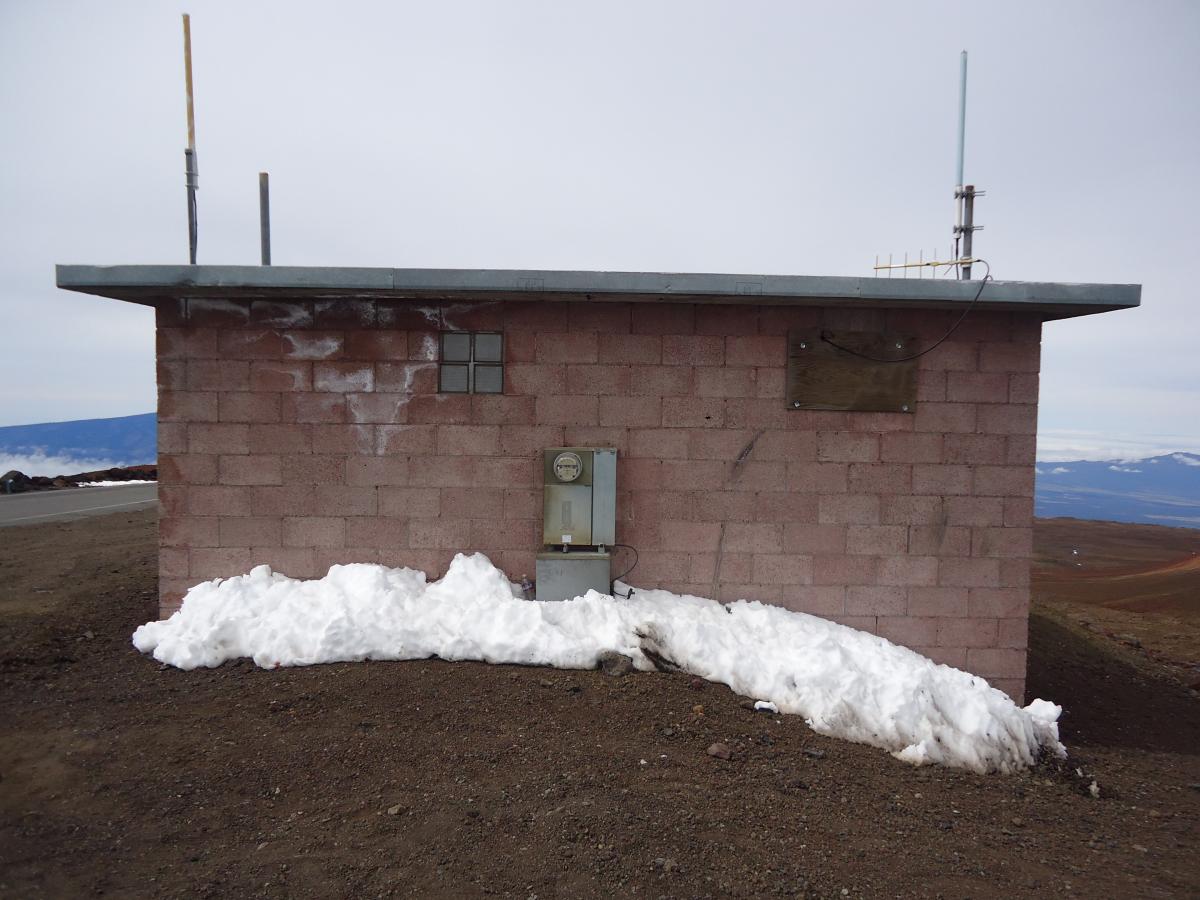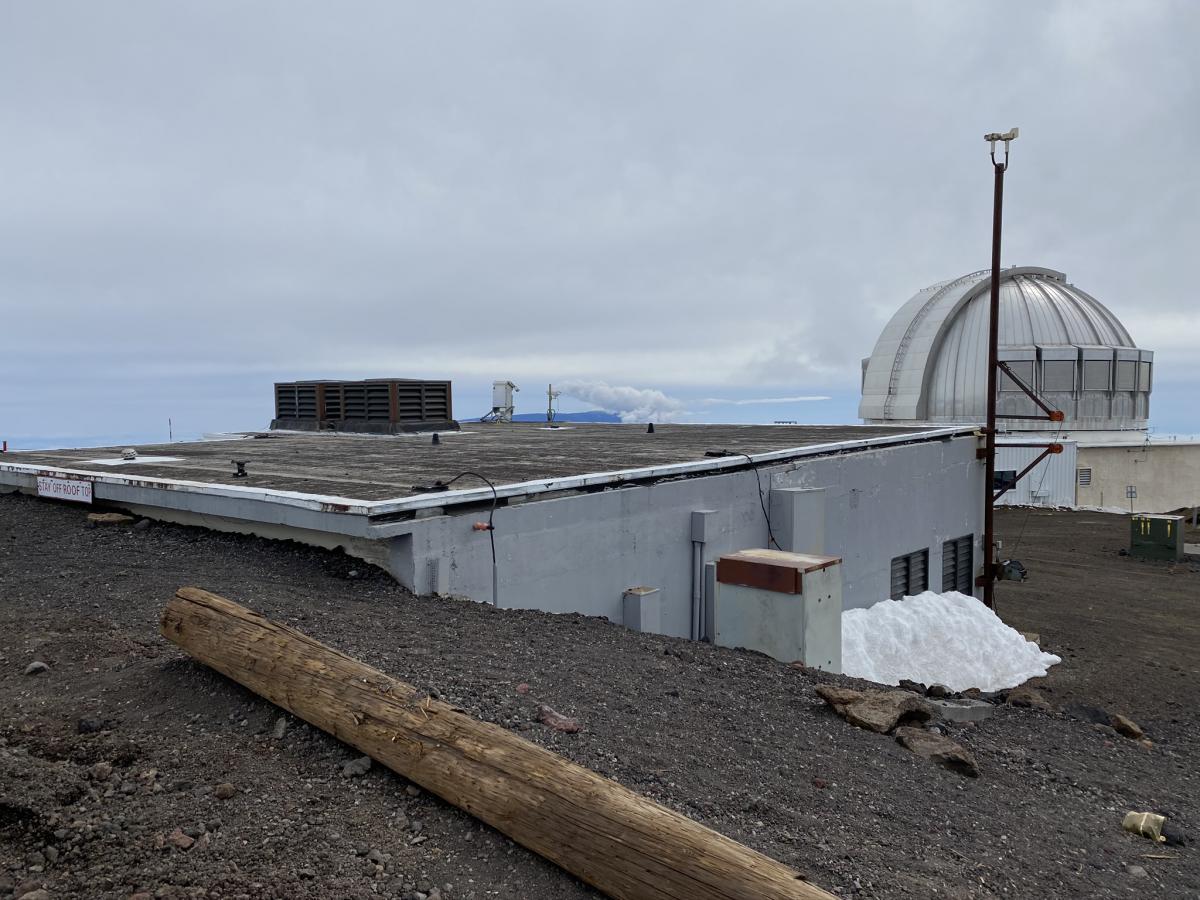1968: Construction of two Boller & Chivens 24” telescopes on Mauna Kea, one for the Air Force Cambridge Research Laboratories (located on the current HKO site) and the other by NASA-Lowell Observatory.
1970: After 19 months mostly dedicated to Moon studies (in particular in the infrared), the Air Force cedes ownership of their observatory to UH in June 1970.
1970-2002: The UH 24" telescopes are used for numerous studies of the moon, asterois and mars, as well as testing infared detectors and monitoring atmostpheric conditions of Mauna Kea. In 1994, the NASA-LOwell Observatory is decommissioned to make way for the Gemini North Observatory.
2003: The UH Institute for Astronomy (IfA) transfer the stewardship of the Boller & Chivens 24” telescope to UH Hilo Department of Physics & Astronomy. The telescope is regularly used by students to conduct projects, in particular on variable stars.
2008: The Boller & Chivens 24” is decommissioned after 40 years of operation. A new 36” telescope from Equinox Intersciences will replace it. The enclosure must also be replaced. The new observatory is renamed Hōkū Ke‘a.
2010-2012: The new observatory is completed. However, optical and mechanical problems arise with the new telescope and observatory dome.
2013: Under a recommendation by its new director, UHH estimates that the current equipment will be too costly to repair and will never meet the requirements of its astronomy program. A decision is made to replace the observatory again with a smaller but much more modern telescope design.
2015: As part of the University's commitment to decommissioning and reducing its footprint at the summit, UHH indicates that the observatory will be decommissioned.



